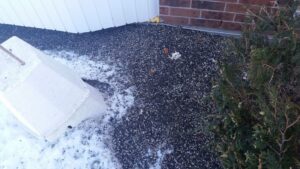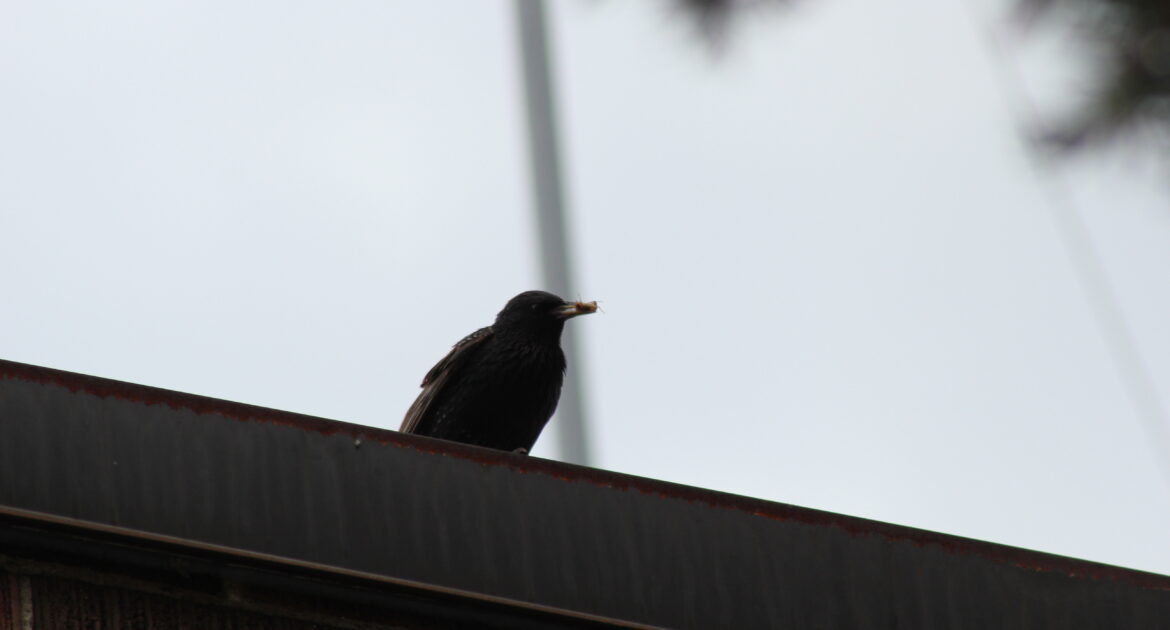For birdwatchers, winter often means less time looking for their favourite feathered friends, and more time patiently waiting for their return. Many different species of birds migrate for the winter months to enjoy warmer climates with sunny skies. Yet, just like us some birds stick around and brave the cold months in Ontario and the Northern United States]. With so many birds heading to warmer weather, bird control doesn’t seem like it would be necessary, but the presence of birds in the winter can still be a problem.. Meanwhile, thankful birdwatchers are elated that there are birds still left to watch during the snowy months. Find out which birds are still around when fall fades into winter, and learn top tips on being a better birdwatcher.
Be A Patient Birdwatcher
The birds that stick around all year are equipped to deal with the cold, but that still doesn’t mean it’s easy. Birds that do not hibernate enter into a deep sleep state called torpor, frequently throughout the day. While this happens through the other months of the year, winter is especially troublesome for birds, as resources and shelter are in a shorter supply. Torpor is necessary to conserve energy, but birds can take some time to come out of the catatonic state. This adjustment period makes them vulnerable to predators. As birds come through your property, give them time and distance to exist safely.
Be A Knowledgeable Birdwatcher
There are a few species that endure the cold and have become familiar to all birdwatchers in the winter months. In the Northern United States and Ontario, you can expect to see the same ten or so birds each winter. Joining a birding club, or visiting a nearby conservatory will help you gain additional knowledge for identifying species that may not be common in your areas. Birds will sometimes migrate to different locations if their pattern is interrupted. Record all the birds you could see in the area and record all the birds you have seen with corresponding details.
Some common birds in the Northern United Stated and Ontario during the winter months are:
- Black-capped Chickadees
- White-breasted Nuthatches
- House Finches
- Northern Cardinals
- Blue Jays
- American Goldfinches
- Common Redpolls
- Cedar Waxwings

Be A Mindful Birdwatcher
Leaving your birdfeeder out for the winter is an excellent way to help feed winter birds in your area, and those birds passing through. However, it is also essential to be mindful of your bird feeding practices. Birds require higher fat content birdseed than they do in the summer months, in order to build the bodyweight that keeps them warm. You must also be aware that other animals will also eat birdseed if you are not careful.
Bird feeders can make birds easy prey. Foxes, coyotes, feral cats, and other animals are also scarce for food in the winter months, making the birds stopping for a snack look like drive-thru meals. Keep your bird feeder placed high off the ground and include a greased pole leading up to the feeder. WD-40 will do the trick without leaving a tasty residue.
Be A Diligent Birdwatcher
Keep your birdfeeder clean and clear of feces and debris. There will be plenty of different birds in and out of the same feeder. To eliminate illnesses passing between birds, regularly clean your feeder.
Another important routine is to maintain an ice-free birdbath. More than birds enjoy a bath, they also want a nice hydrating drink along their journeys. A refreshing beverage can also be lifesaving when all the other liquid around them is frozen. Birdbath warmers are an option if you want to keep the water flowing regularly.
Be A Practical Birdwatcher
Birds are still wild animals. Despite their cute, fuzzy winter appearance, they deserve to live outside in nature amongst their bird friends and family. If a bird nests somewhere inappropriate, like in your home or a wreath on a door, that could be damaging for you but more so for the bird and its babies.
Contact Skedaddle Humane Wildlife Control for professional relocation and wildlife removal services to eliminate problems before they arise.




